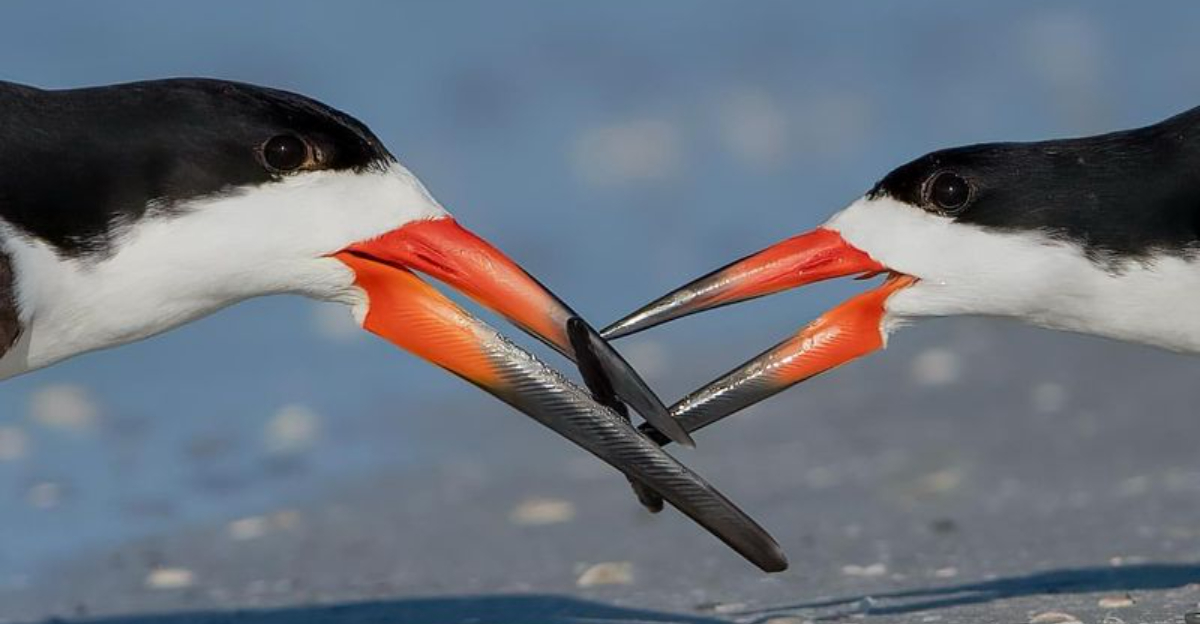Birds have long fascinated humans with their diverse and often spectacular beaks. These unique adaptations serve a variety of purposes, from feeding to mating rituals.
We’ll explore some of the most intriguing and unbelievable beaks found in the avian world. Each bird on this list has a beak that sets it apart, showcasing the incredible diversity of nature.
1. Shoebill
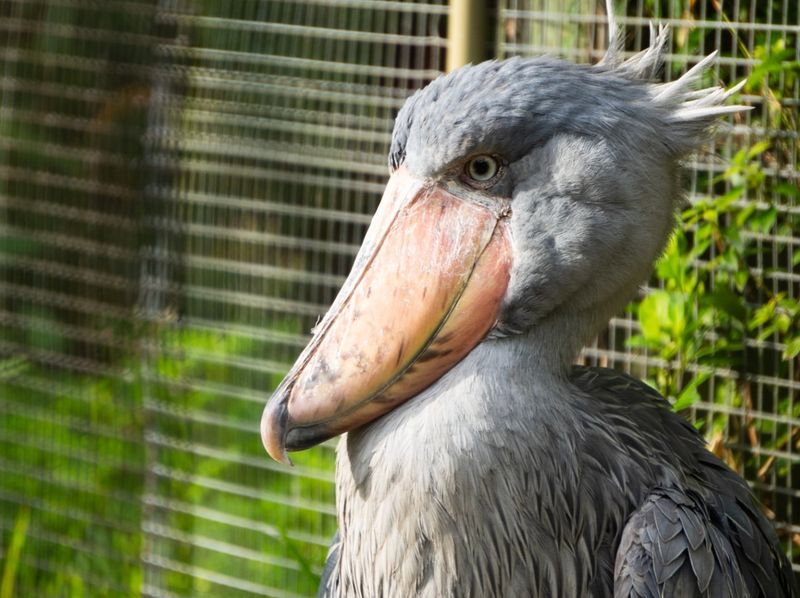
The shoebill’s beak, resembling a large Dutch clog, is not only unique but essential for its survival. This massive bill allows the shoebill to hunt and catch large prey such as lungfish and even small crocodiles.
Its powerful beak is supported by a robust neck, providing both stability and strength. This bird’s beak is an evolutionary marvel, perfectly suited for its wetland habitat. It acts as a tool for scooping and crushing prey, demonstrating the incredible adaptability of bird anatomy.
While the shoebill’s appearance may seem odd, its beak’s design is a testament to nature’s ingenuity, making it one of the most fascinating birds in the world.
2. Australian Pelican
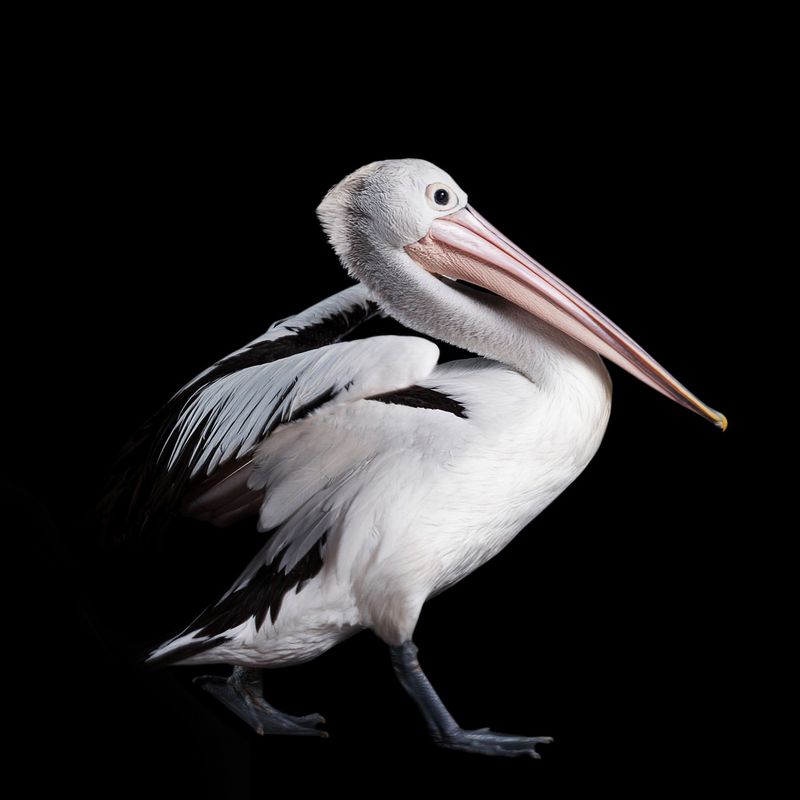
The Australian pelican boasts the longest bill of any bird, a feature that has intrigued ornithologists and bird enthusiasts alike.
This impressive beak can measure up to 18 inches, providing the pelican with a versatile tool for fishing. It uses its long bill to scoop up fish and water, then drains the water before swallowing its catch.
This adaptation is crucial for survival in its coastal environment, where food sources can vary widely. The pelican’s beak is a marvel of engineering, allowing it to thrive in diverse habitats.
This bird’s bill is not only functional but also a symbol of adaptability, showcasing the pelican’s ability to exploit its environment efficiently.
3. Black Skimmer
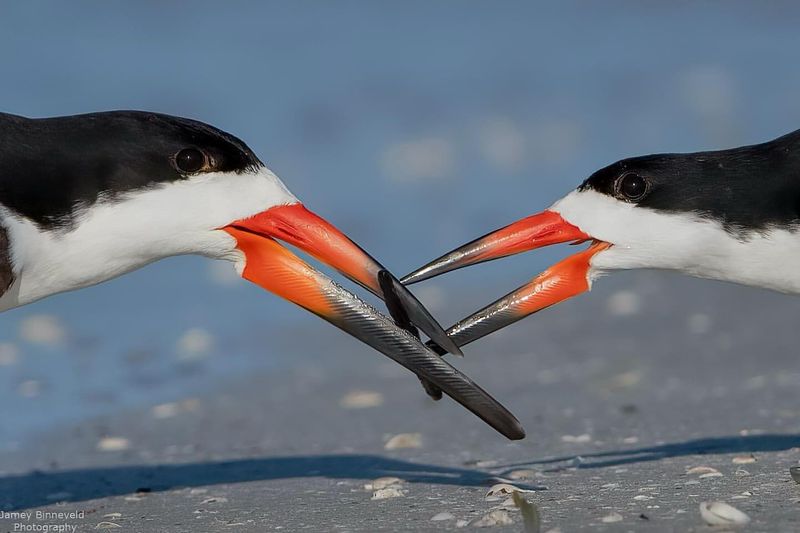
The black skimmer’s beak is a striking example of specialization. Its lower mandible is longer than the upper one, allowing it to skim the water’s surface for fish. This unique feeding strategy sets it apart from other birds, making it an expert hunter.
Skimming requires precision and timing, skills that the skimmer has perfected over generations. This bird’s beak is not just a tool but a finely tuned instrument for survival.
The black skimmer’s beak exemplifies the beauty of adaptation, highlighting how specific needs can shape the evolution of a species.
4. Roseate Spoonbill
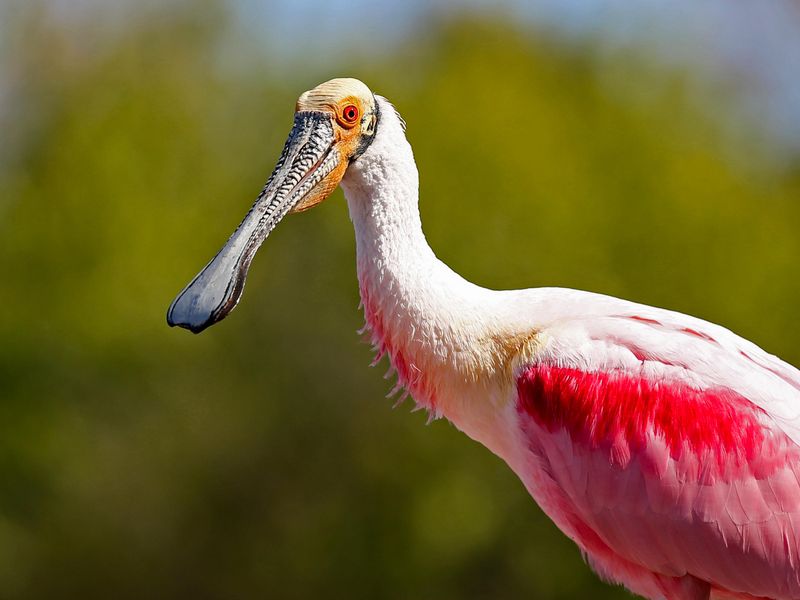
The roseate spoonbill’s beak is as functional as it is eye-catching. Shaped like a spoon, it allows the bird to sift through mud and shallow water to find crustaceans and small fish. This feeding strategy is unique to spoonbills, making them stand out among wading birds.
The spoonbill’s beak is key to its survival, enabling it to explore food sources unavailable to other birds. Its distinctive shape is a perfect example of form meeting function in nature.
With its pink plumage and unusual bill, the roseate spoonbill is a visual delight, embodying the diversity of avian life.
5. Atlantic Puffin

The Atlantic puffin’s beak is a vibrant spectacle, especially during the breeding season when it becomes brightly colored. This transformation plays a crucial role in mating displays, attracting potential partners with its vivid hues.
Beyond its visual appeal, the puffin’s beak is highly functional. It is designed to hold multiple fish at once, thanks to its unique hinged structure. This feature allows puffins to efficiently feed their young.
The beak of the Atlantic puffin is a blend of beauty and utility, highlighting the role of physical characteristics in both survival and reproduction.
6. Crossbill
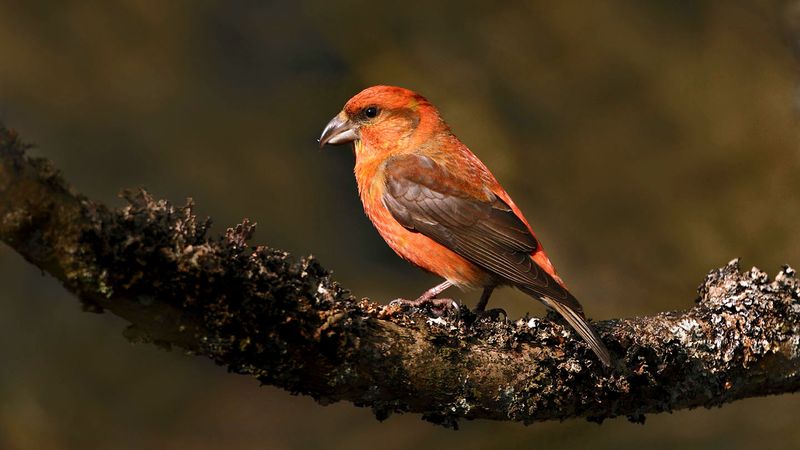
Crossbills are named for their uniquely crossed beaks, a specialized tool for extracting seeds from pine cones. This adaptation allows them to access food sources that other birds cannot, giving them a distinct advantage in coniferous forests.
The crossed beak is an evolutionary solution to a specific dietary need, showcasing nature’s ability to find ingenious solutions to challenges.
These birds demonstrate how specific physical traits can lead to successful niche exploitation, providing insight into the complex interactions between species and their environments.
7. Toco Toucan
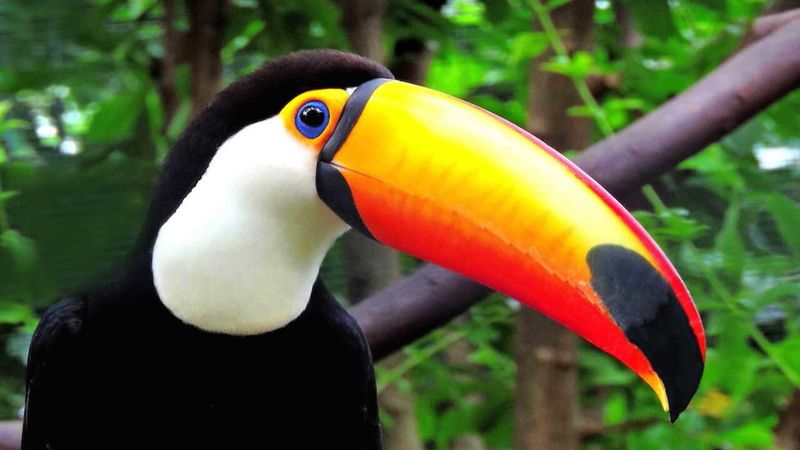
The toco toucan’s beak is an iconic feature, instantly recognizable due to its size and vibrant colors. Though it appears cumbersome, the beak is surprisingly lightweight, consisting of a hollow structure supported by internal struts.
This design serves multiple purposes, from attracting mates to regulating body temperature. The toucan’s beak is also used to reach and peel fruit, showcasing its versatility.
The toco toucan’s beak is a masterpiece of evolution, blending form with function in a way that captivates birdwatchers and scientists alike.
8. Eurasian Hoopoe
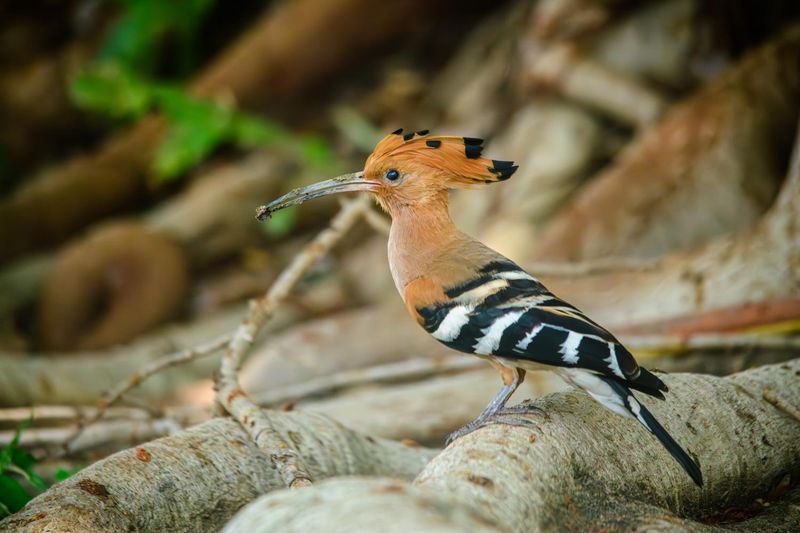
The Eurasian hoopoe is known for its slender, slightly curved beak, which is perfectly adapted for probing into soil and crevices to find insects and larvae. This feeding strategy showcases a specialized diet that relies on the bird’s unique beak shape.
The hoopoe’s beak is not the only striking feature; its distinctive crest and bold markings add to its allure. Together, these elements make it a standout in the avian world.
By using its beak with precision, the hoopoe highlights how specific adaptations can lead to successful survival strategies in diverse environments.
9. Black Rhinoceros Hornbill
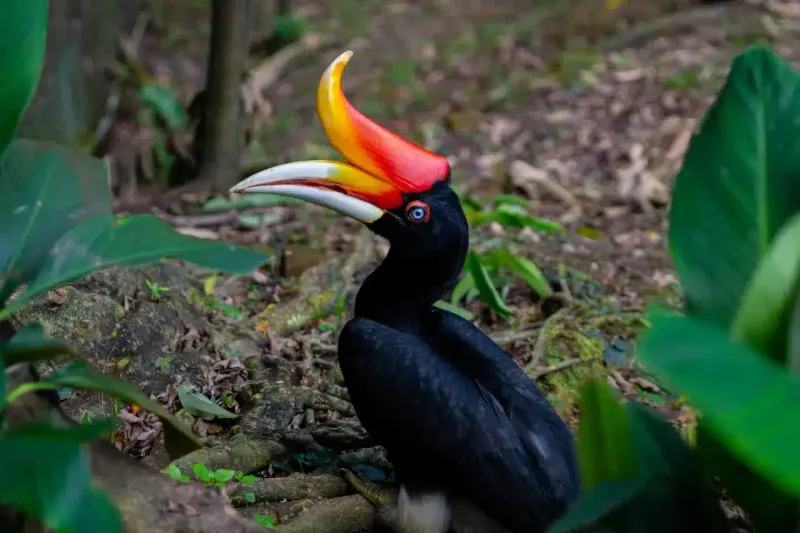
The black rhinoceros hornbill’s beak is adorned with a large casque, a hollow structure that is both intriguing and functional. This extension of the beak serves to amplify calls, playing a role in communication and mate attraction.
The casque, although prominent, does not impede the bird’s ability to forage, demonstrating a balance between form and function. This feature adds a dramatic touch to the hornbill’s already impressive appearance.
The beak of the black rhinoceros hornbill is a testament to the complex interplay of communication and aesthetics in the animal kingdom.
10. American Woodcock
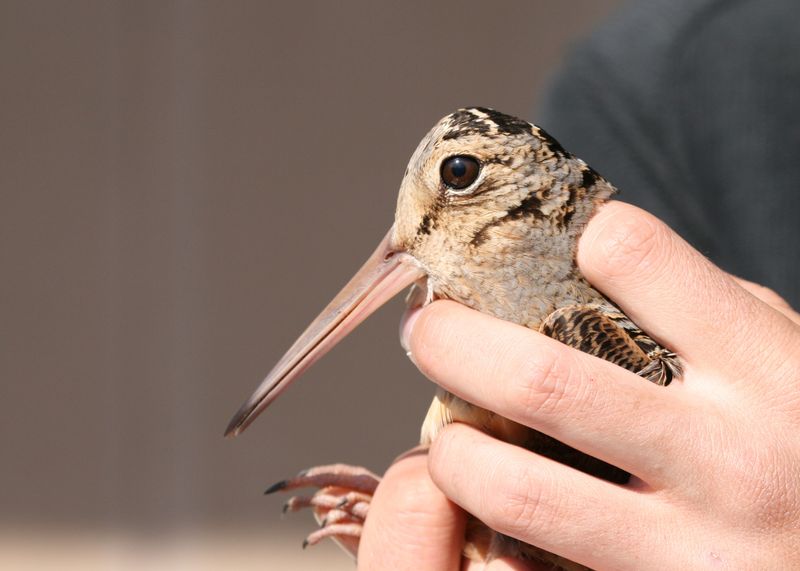
The American woodcock’s beak is an extraordinary tool, long and flexible, allowing it to probe deep into the soil for earthworms and insects. This feeding method is unique among birds, making the woodcock a specialist in its habitat.
Its beak also contains sensory pits, enabling it to detect vibrations from prey underground. This adaptation is essential for finding food in dense forest environments.
The woodcock’s beak is a marvel of sensory engineering, showcasing how specialized features can drive the evolution of feeding strategies.
11. Kea
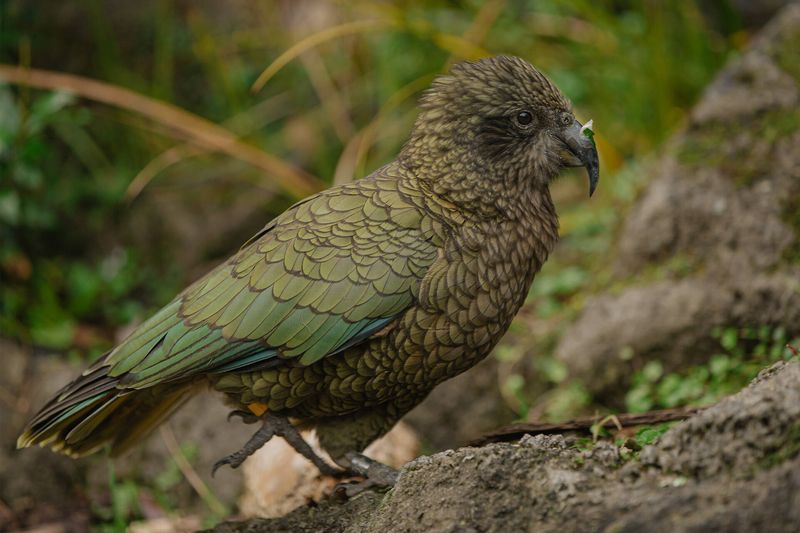
The kea’s beak is a powerful tool, perfectly adapted for its inquisitive and intelligent nature. This large parrot uses its curved beak to tear into various objects, from plant matter to backpack zippers.
Kea are known for their playful behavior, and their beak is central to their exploratory habits. This feature allows them to interact with their environment in creative ways, demonstrating their problem-solving abilities.
The kea’s beak exemplifies the intersection of intelligence and physical adaptation, offering a glimpse into the complex lives of these remarkable birds.
12. Sword-Billed Hummingbird
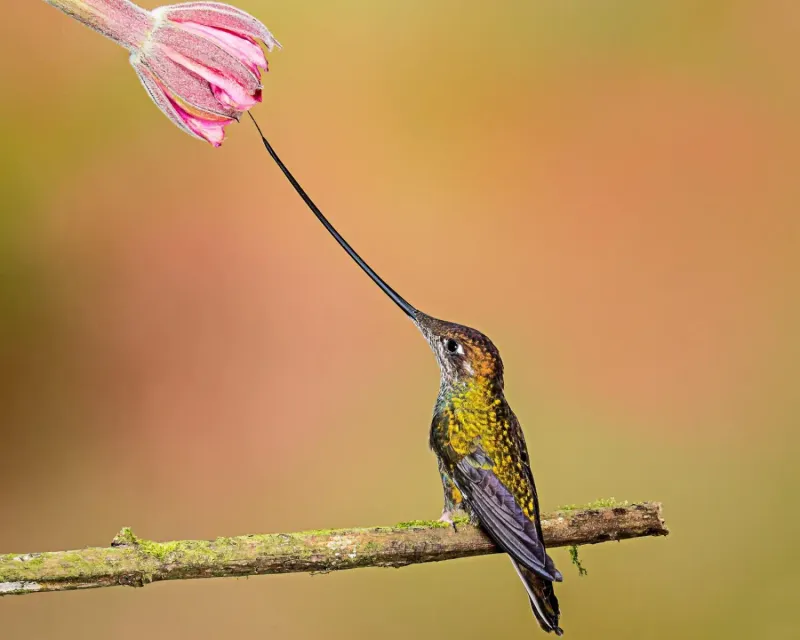
The sword-billed hummingbird features the longest beak relative to body size of any bird, a remarkable adaptation for reaching deeply into flowers for nectar.
This specialized beak allows it to access floral resources unavailable to other hummingbirds. This bird’s beak is not only a feeding tool but also plays a role in pollination, as the bird transfers pollen between flowers.
The hummingbird’s long beak is a prime example of coevolution between birds and plants. With its striking appearance and unique feeding strategy, the sword-billed hummingbird highlights the intricate relationships between species in ecosystems.
13. Curlew
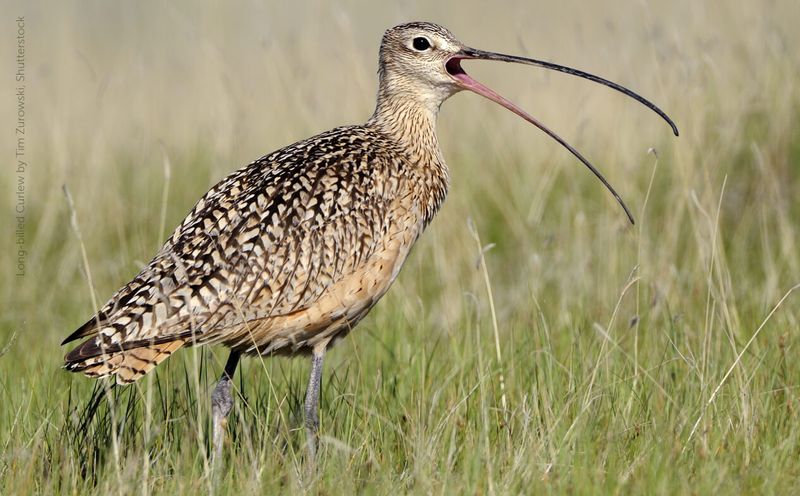
The curlew’s beak is a defining feature, long and elegantly curved, suited for probing into mud and sand for invertebrates. This adaptation allows the curlew to exploit tidal flats and estuaries, rich feeding grounds for this bird.
Its distinct beak shape enables the curlew to reach prey that other birds might miss, showcasing the bird’s specialized feeding habits. This feature highlights the importance of niche specialization in avian evolution.
The curlew’s beak serves as a reminder of how specific physical traits can lead to successful adaptation and survival in diverse habitats.
14. American Avocet
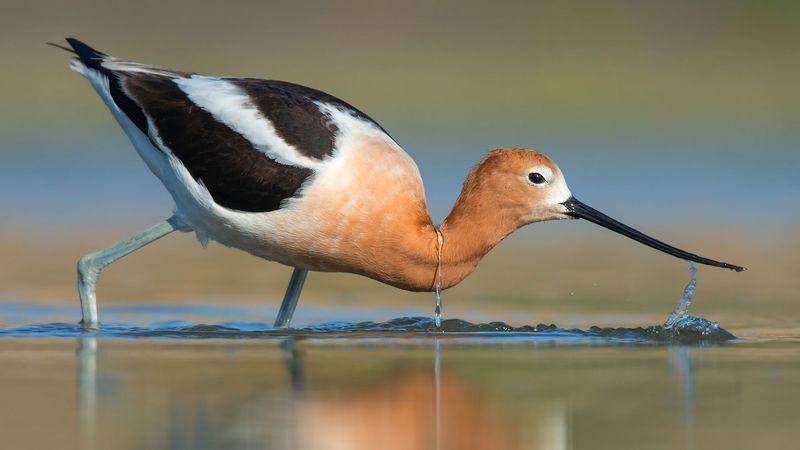
The American avocet’s beak is an elegant tool, long and upturned, used to sweep through water to capture small invertebrates. This graceful motion is a hallmark of the avocet’s feeding strategy, setting it apart from other wading birds.
Its unique beak shape allows for efficient foraging in shallow waters, where precision and agility are key. This adaptation highlights the relationship between beak design and feeding behavior.
With its striking appearance and specialized feeding technique, the American avocet’s beak exemplifies the adaptability and diversity of bird species.
15. Wrybill
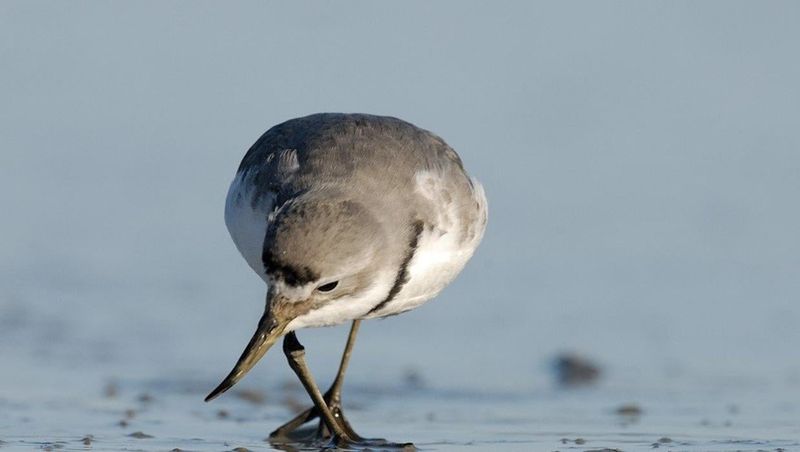
The wrybill is unique among birds for its laterally curved beak, bent distinctly to the right. This specialized adaptation allows it to forage under rocks and debris in rivers, where it finds insects and larvae.
The wrybill’s unusual beak is a perfect example of nature’s ability to tailor physical traits to specific environmental challenges.
This bird’s beak highlights the role of environmental pressures in shaping evolutionary adaptations, providing insight into the complexity of natural selection.
16. Anhinga
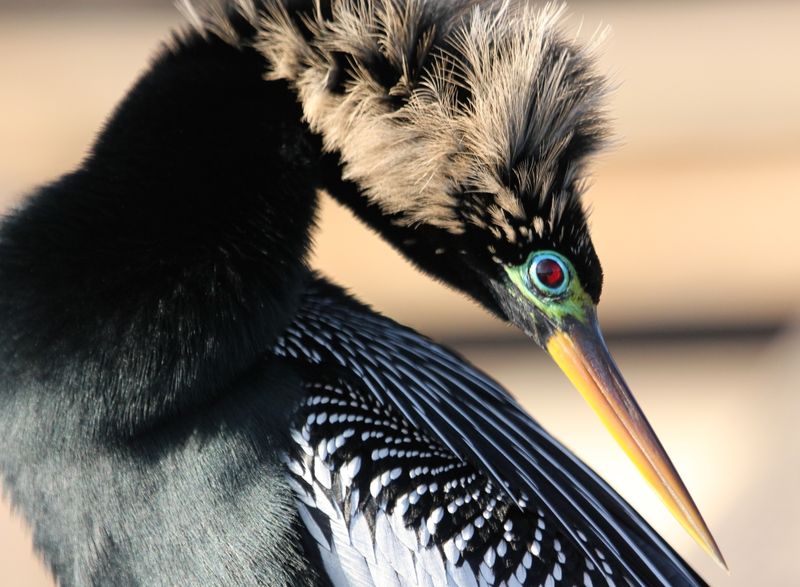
Often referred to as the “snake bird” because of its swimming style, Anhinga is noted for its long, slender beak. This beak functions like a spear, adapted perfectly for catching fish. The Anhinga’s beak is an elegant example of nature’s precision engineering.
When hunting, the Anhinga stalks underwater with expert stealth, using its pointed beak to impale fish with remarkable speed and accuracy. After spearing its prey, the bird will toss it into the air and catch it to swallow head-first.
This adaptation is crucial for the Anhinga’s survival in aquatic habitats where it faces competition from other skilled fishers.
17. Black Heron
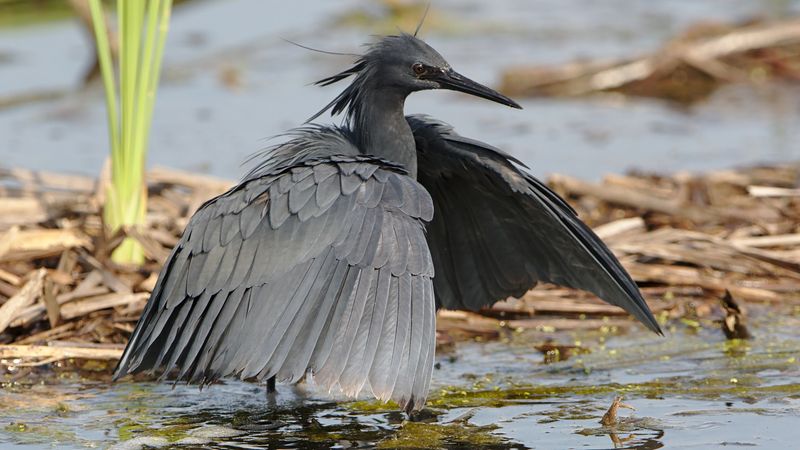
The Black Heron is a master of ingenuity when it comes to hunting techniques, thanks in part to its distinctive beak. Its slender, pointed beak is ideal for snatching fish in shallow waters, complemented by its unique “canopy feeding” technique.
During this hunting method, the Black Heron uses its wings to create an umbrella-like canopy over the water. This behavior not only shades the water, luring fish into the false security of shade, but also reduces glare, allowing the bird to see more clearly.
This remarkable adaptation showcases the Black Heron’s ability to manipulate its environment to enhance its hunting efficiency.
18. White Ibis
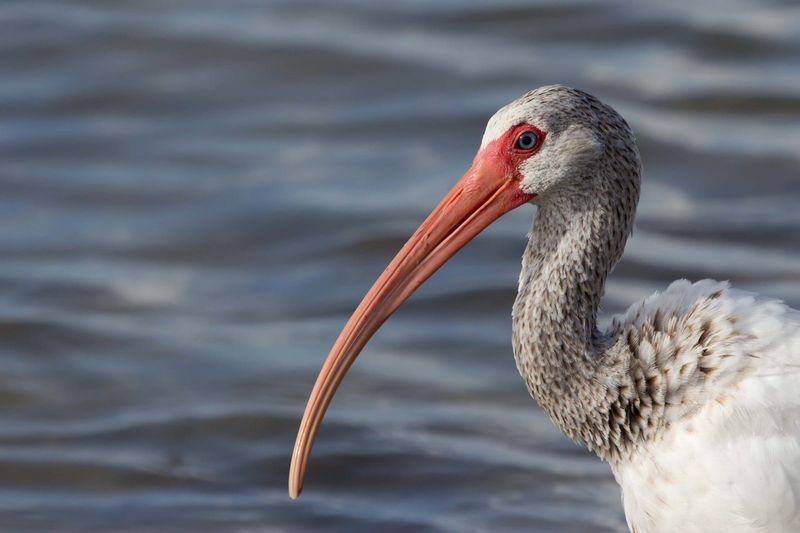
The white ibis features a long, downcurved beak that is essential for its foraging habits in marshy environments.
This design allows it to probe soft mud for crustaceans, insects, and small fish. The ibis’s beak is a classic example of an adaptation to a specific ecological niche, highlighting the importance of beak shape in survival and feeding efficiency.
The white ibis’s distinctive beak adds to its graceful presence, making it a symbol of the delicate balance between form and function in nature.

